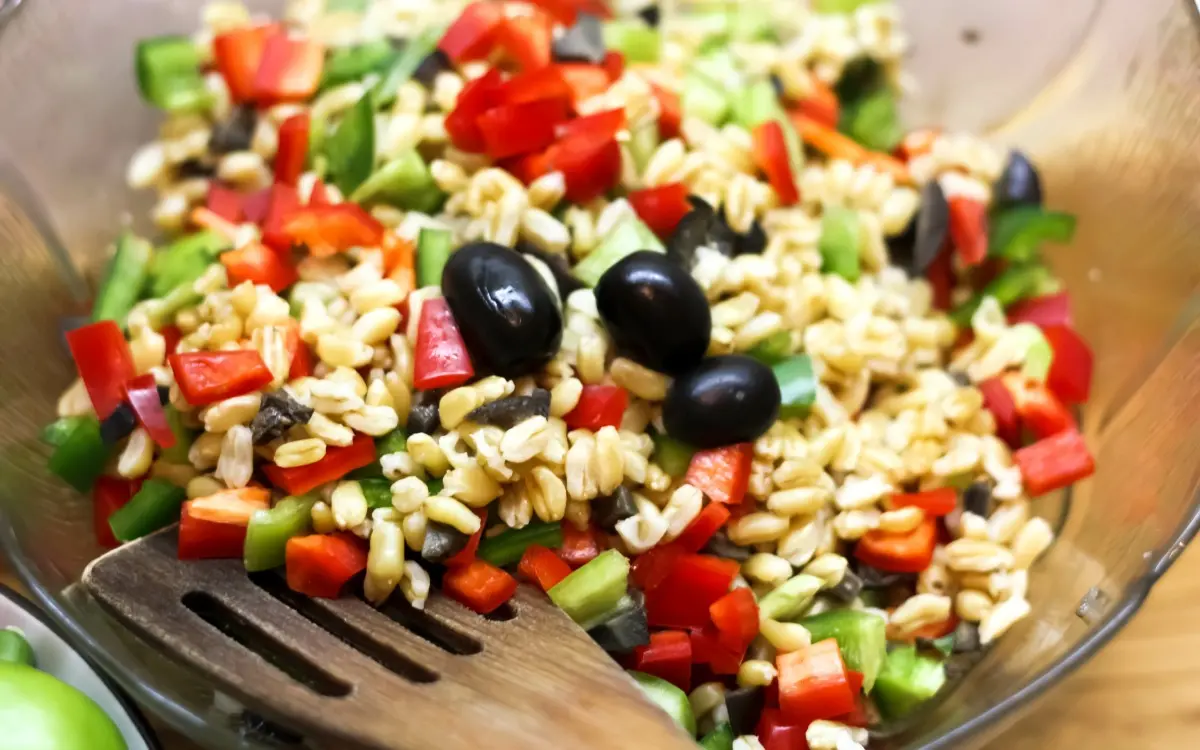new to the gluten free journey?
new to the gluten free journey?

Have you heard about ancient grains? They are a group of grains and pseudocereals that have remained largely unchanged for thousands of years. Ancient grains are often marketed as healthier, and many are also marketed as gluten free. We’ve taken a look at a few other ancient grains previously, but the focus of this blog is on kamut. We’re diving into a discussion on this ancient grain and answering the important question – is kamut gluten free?
Ancient grains are often marketed as healthier alternatives than the more common modern day grains. The thought is that unlike most modern grains that have been hybridized and modified, ancient grains are less processed and refined.
There are 12 ancient grains which include the following:
It is true that ancient grains may be more nutrient dense than modern wheat, but that doesn’t mean that they are safe or healthy for celiacs or those with gluten sensitivities. In fact, research has shown that they are not safe.
Kamut, also known as Khorasan wheat, is an ancient grain that has gained popularity in recent years. It is believed that kamut originated in the Fertile Crescent and earned its full name (Khorasan wheat) from the province of Khorasan in northeastern Iran.
Kamut has a unique flavor and has more protein, amino acids, selenium, zinc, and magnesium than modern day wheat. However, these nutrients can be found abundantly in plenty of grain free foods like grass fed beef, pastured poultry and eggs, wild caught fish, nuts and seeds (especially brazil nuts, sunflower seeds, and pumpkin seeds), and fresh vegetables (especially dark leafy greens).
Gluten is the protein in grains that lends elasticity to bread and other baked goods. Gluten is often associated with wheat, rye, and barley. However, we know that gluten protein can be found in ALL grains. Common foods containing gluten include pasta, bread, baked goods, and beer, as well as many sauces, condiments, and marinades.
For those with a gluten intolerance or celiac disease, gluten can be incredibly harmful. Gluten can trigger an immune reaction causing inflammation in the intestines, which can result in a host of other health issues.
If you are unsure if you are gluten intolerant, take our sensitivity test!
Kamut is a type of wheat, and is not gluten free. In fact, research suggests that ancient grains like kamut are actually higher in gluten protein than traditional wheat. In addition, research suggests that Kamut is inflammatory to the digestive system. If you are gluten sensitive or celiac, you should not eat Kamut.
There are a number of alternatives to spelt, some of which are better than others for those with celiac disease and those who are gluten-sensitive. Check out several popular options listed below, as well as this resource for more on how to use them.
Kamut is a type of wheat. It is not gluten free. Therefore, those with celiac disease or a gluten intolerance should avoid kamut. There are plenty of other nutrient dense foods that are also grain free that supply the same (or more!) nutrients that are found in kamut.
Stay up-to-date with the latest articles, tips, recipes and more.

*These statements have not been evaluated by the Food and Drug Administration. This product is not intended to diagnose, treat, cure or prevent any disease.
If you are pregnant, nursing, taking medication, or have a medical condition, consult your physician before using this product.
The entire contents of this website are based upon the opinions of Peter Osborne, unless otherwise noted. Individual articles are based upon the opinions of the respective author, who retains copyright as marked. The information on this website is not intended to replace a one-on-one relationship with a qualified health care professional and is not intended as medical advice. It is intended as a sharing of knowledge and information from the research and experience of Peter Osborne and his community. Peter Osborne encourages you to make your own health care decisions based upon your research and in partnership with a qualified health care professional.